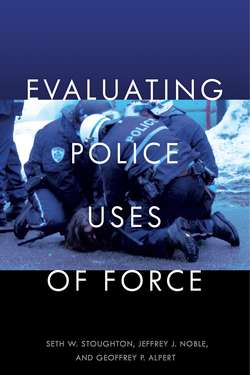Читать книгу Evaluating Police Uses of Force - Seth W. Stoughton - Страница 47
На сайте Литреса книга снята с продажи.
Civil (Tort) Law
ОглавлениеLike criminal law, there is no one action or set of actions that are regulated by state tort law. Instead, state tort law applies most clearly when there is cognizable harm to a person (emotional harms, personal injury, or death) or property. State tort law may be best understood by dividing it into intentional torts and negligent torts, both of which are potentially implicated by the use of force by police.
Intentional torts are harms resulting from actions that are purposefully performed. Here are some of the most common intentional torts in the police use-of-force context.
Trespass to chattels, which typically refers to damage done to personal property;
Battery, which typically refers to physically touching another person without their consent;
Assault, which typically refers to threatening to commit or attempting to commit a tortious battery;
False Imprisonment, which typically refers to restraining another person against their will; and
Intentional Infliction of Emotional Distress, which typically refers to intentionally engaging in conduct that reasonably results in outrage.
Some common negligent torts in the police use-of-force context include:
Negligence, which typically refers to the infliction of personal injury resulting from a failure to exercise reasonable care; and
Negligent Hiring, Training, or Retention, which typically refer to a police agency or political subdivision’s failure to exercise reasonable care when hiring, training, or continuing to employ officers.
Some tort claims may involve claims of intentional or negligent conduct, depending on the specific facts. A wrongful death claim, for example, can be predicated on an allegation that an officer intentionally killed someone or that an officer’s negligence resulted in someone’s death.
